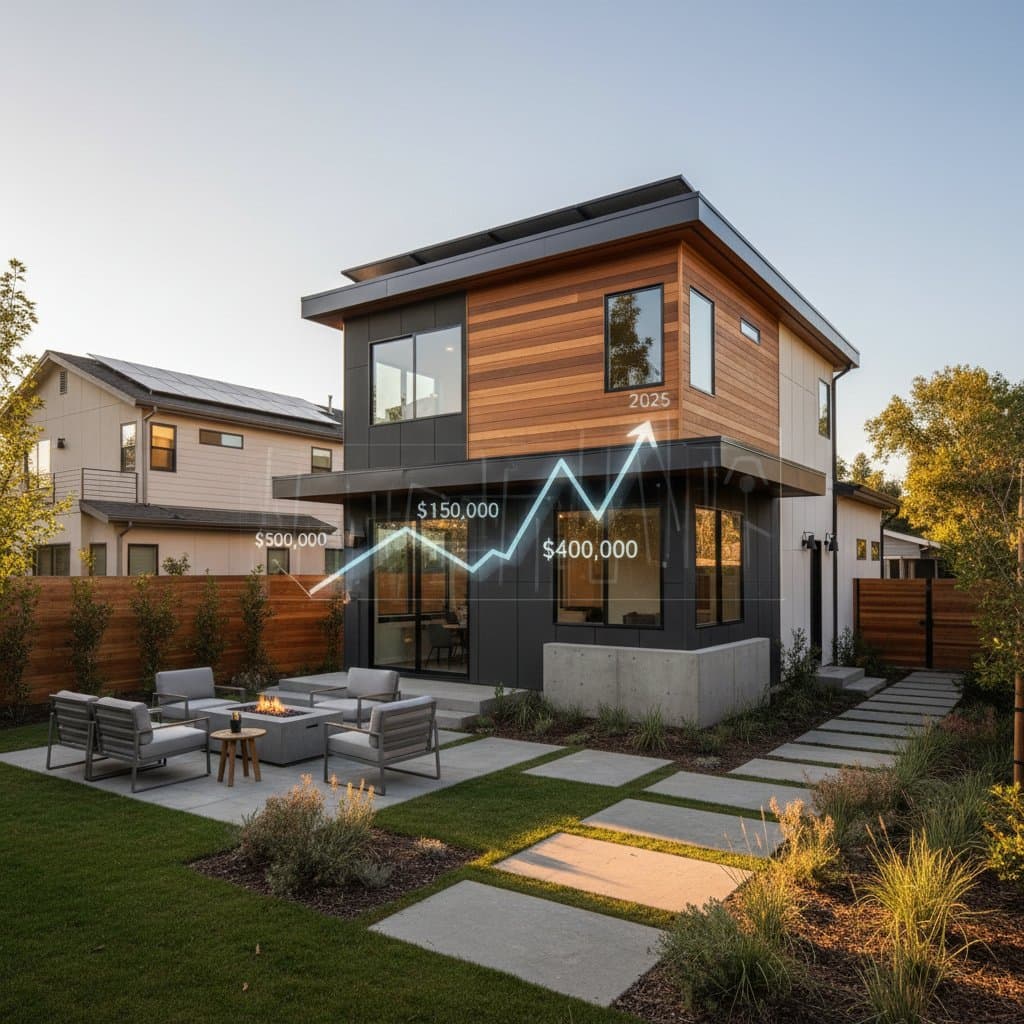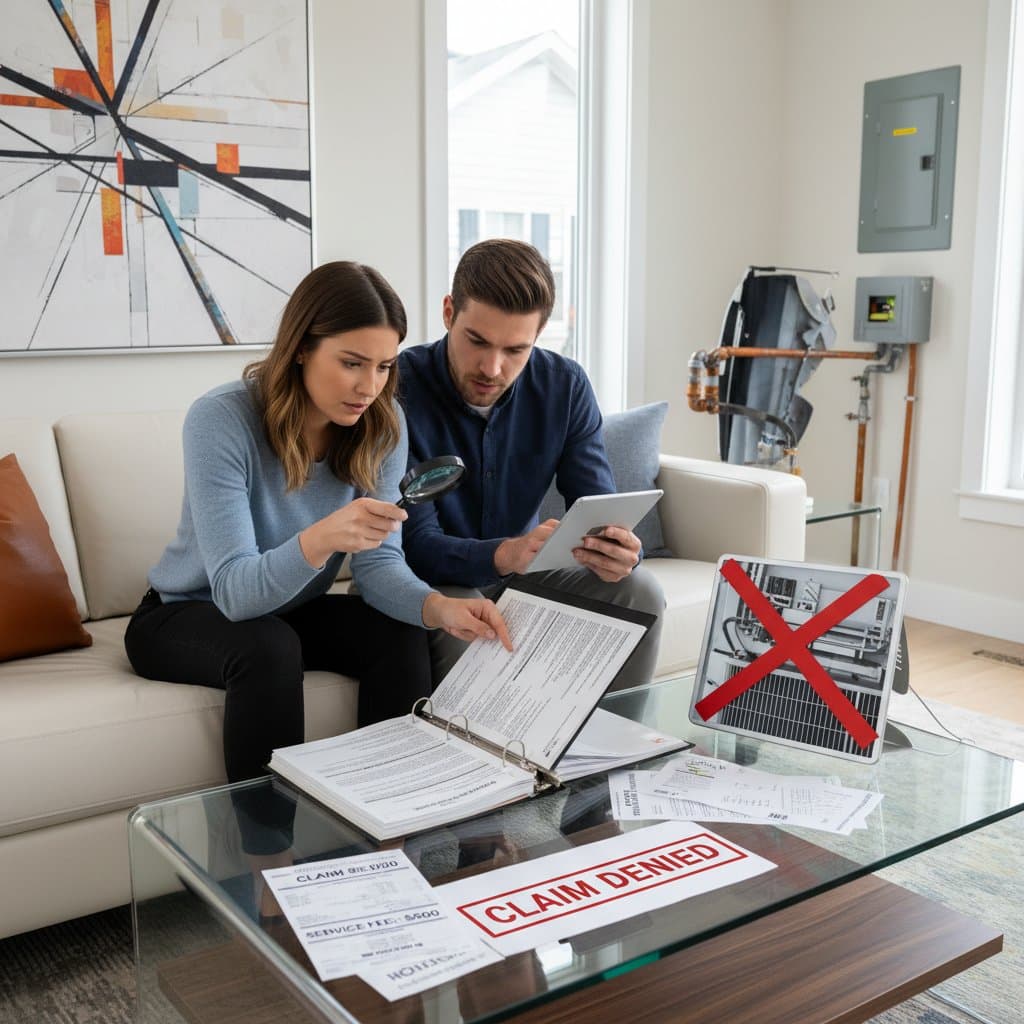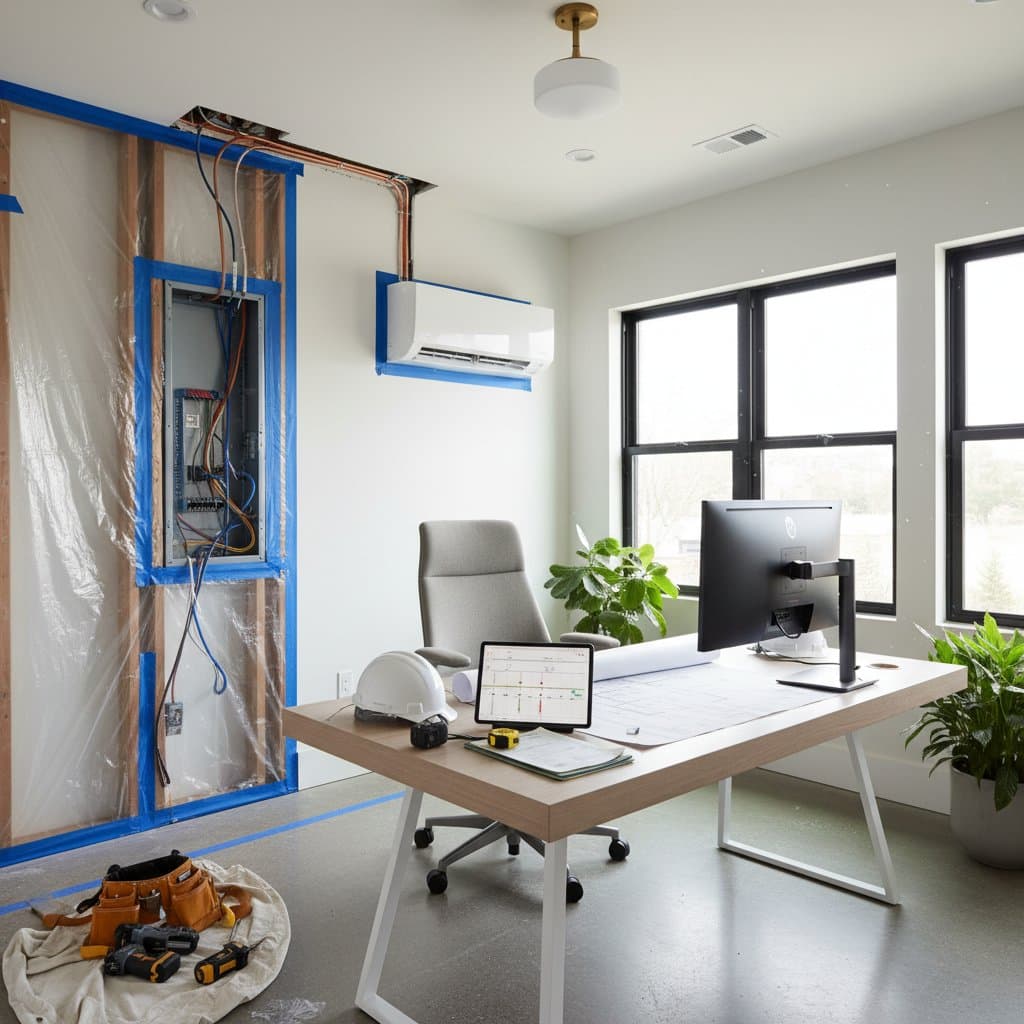Understanding 2025 LVP Flooring Installation Costs
Luxury vinyl plank flooring stands out as a popular option for homeowners seeking the elegance of hardwood floors with greater affordability and lower upkeep. This material resists water, withstands heavy use, and installs more straightforwardly than many alternatives. As you consider refreshing one room or an entire residence, grasping the elements that determine installation expenses enables precise budgeting and scheduling.
Key cost overview: Expect to pay $3 to $10 per square foot for LVP flooring installation, encompassing materials and labor. Entry-level planks suitable for self-installation begin at $1.50 per square foot, whereas premium selections exceed $6 per square foot. Professional labor contributes $2 to $4 per square foot, varying with room configuration, subfloor quality, and local rates.
Evaluating LVP Flooring Varieties
Luxury vinyl plank flooring divides into three primary types, each presenting unique advantages, drawbacks, and pricing structures.
| Type | Description | Pros | Cons | Average Installed Cost (per sq. ft.) |
|---|---|---|---|---|
| Click-Lock Floating LVP | Planks with interlocking edges that connect over an underlayment | Rapid assembly, straightforward plank replacement, requires few tools | Potential for increased sound transmission, demands level subfloor | $3 to $7 |
| Glue-Down LVP | Planks secured to the subfloor using adhesive | Exceptional stability, suited for expansive or busy areas | Difficult to dismantle, extended installation duration | $4 to $8 |
| Loose-Lay LVP | Weighty planks held by friction and edge adhesive | Swift placement, planks can be reused, limited adhesive required | Scarce options, optimal for compact spaces | $3 to $6 |
Selection guidance: Opt for click-lock floating LVP when pursuing a DIY approach for its simplicity. Select glue-down LVP for commercial settings or areas with intense foot traffic. Consider loose-lay LVP if future modifications or relocations are anticipated.
Project Timeline and Installation Sequence
Most LVP flooring installations span 1 to 3 days per room, influenced by the area's dimensions and preparatory demands.
- Prepare the area: Relocate furnishings and eliminate existing flooring as necessary.
- Assess and fix the subfloor: Seal fissures, level protrusions, and verify moisture content.
- Install underlayment: Unroll the material and secure seams per the producer's guidelines, if not integrated.
- Design the pattern: Gauge dimensions and indicate the initial wall position, incorporating a 1/4-inch expansion space along perimeters.
- Place the planks: Proceed row by row, offsetting seams to enhance structural integrity and aesthetic appeal.
- Finish edges and joints: Restore baseboards and incorporate transition elements.
- Final cleanup and review: Remove debris, clean surfaces, and examine for inconsistencies or misalignments.
Irregular shapes, staircases, or intricate designs may prolong the process. Allocate additional time for acclimating planks to the room's conditions, particularly in variable climates.
Essential Materials and Tools
Gather these items to streamline the installation and prevent interruptions.
Materials:
- LVP flooring planks, calculated with 10 percent extra for cuts and spares
- Underlayment, if the planks lack built-in padding
- Transition strips and thresholds for room boundaries
- Quarter-round molding or baseboards for edge finishing
- Adhesive suitable for glue-down applications or perimeter adhesion
Tools:
- Tape measure and chalk line for precise markings
- Utility knife or dedicated vinyl cutter for clean edges
- Rubber mallet and tapping block to secure joints
- Spacers to maintain expansion gaps
- Pull bar for tight fits in corners
- Straightedge for straight cuts
- Vacuum cleaner and broom for post-installation tidying
Organize tools in advance and test them on sample pieces to ensure compatibility.
Accounting for Regional and Environmental Factors
Local conditions play a significant role in LVP flooring success and cost. In regions with high humidity, such as coastal zones, incorporate adequate expansion gaps and vapor barriers in floating installations to mitigate warping. Dry interiors or elevated locations benefit from pre-installation acclimation of planks for 48 hours or more.
For basements or concrete foundations, conduct thorough moisture tests using calcium chloride kits to avoid issues like bubbling or detachment. Professionals often charge premiums in urban areas due to higher labor rates, while rural installations may incur travel fees. Always consult local building codes for ventilation and adhesive requirements.
Frequently Asked Questions
Can LVP flooring install over tile or laminate?
Yes, provided the base remains flat, secure, and free of defects. Sand down high spots, secure loose elements, and apply a self-leveling compound over deep grout lines for optimal adhesion.
Does LVP require separate underlayment?
Integrated padding appears on many planks, simplifying setup. Otherwise, add a foam or cork underlayment to dampen sound and compensate for minor subfloor flaws, enhancing comfort underfoot.
Is LVP truly waterproof?
The majority of modern LVP products feature waterproof cores, ideal for moisture-prone zones like kitchens and bathrooms. Verify product specifications, as some offer water resistance rather than full imperviousness.
Steps to a Successful LVP Installation
Luxury vinyl plank flooring combines economic value, visual appeal, and longevity effectively. Approach the project methodically, whether handling it independently or engaging experts. Double-check measurements, prioritize subfloor integrity, and procure surplus materials for eventual touch-ups. Invest in reputable brands that match your financial parameters to secure lasting performance.



